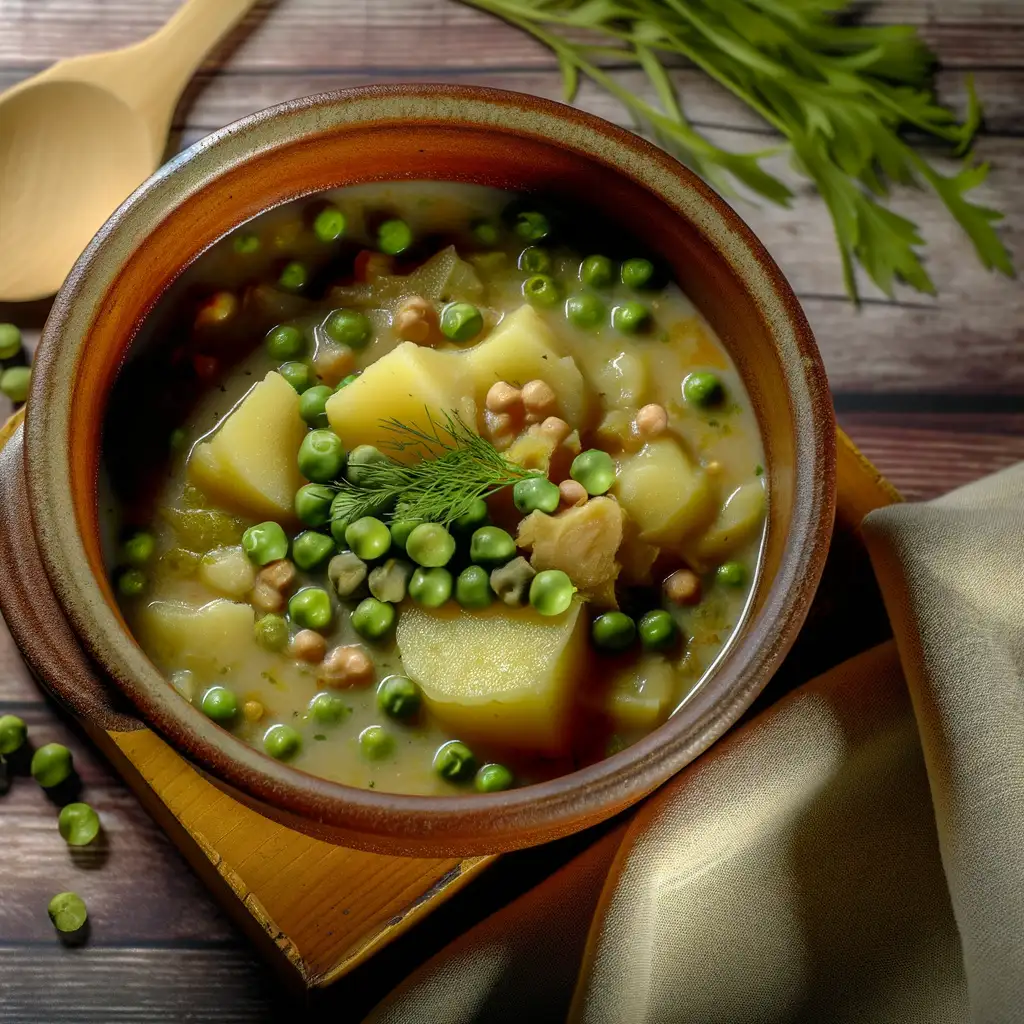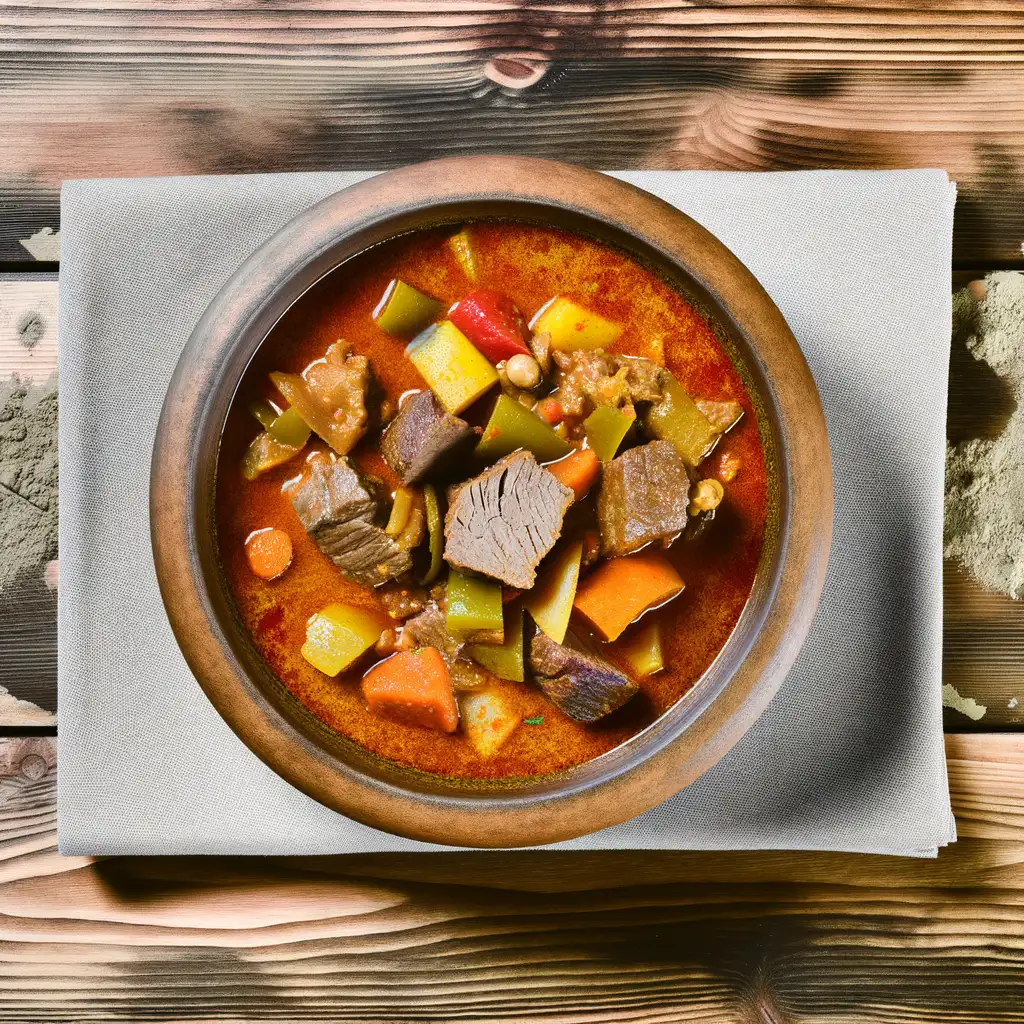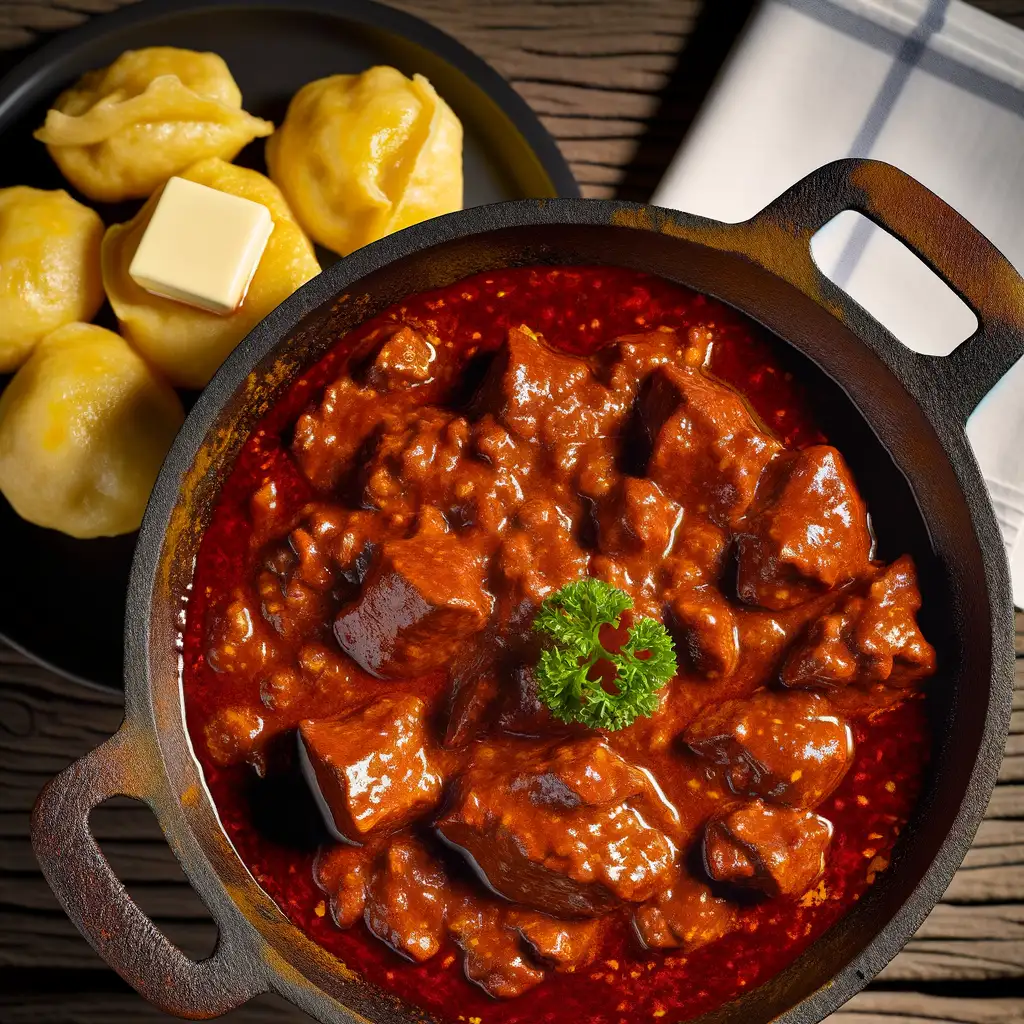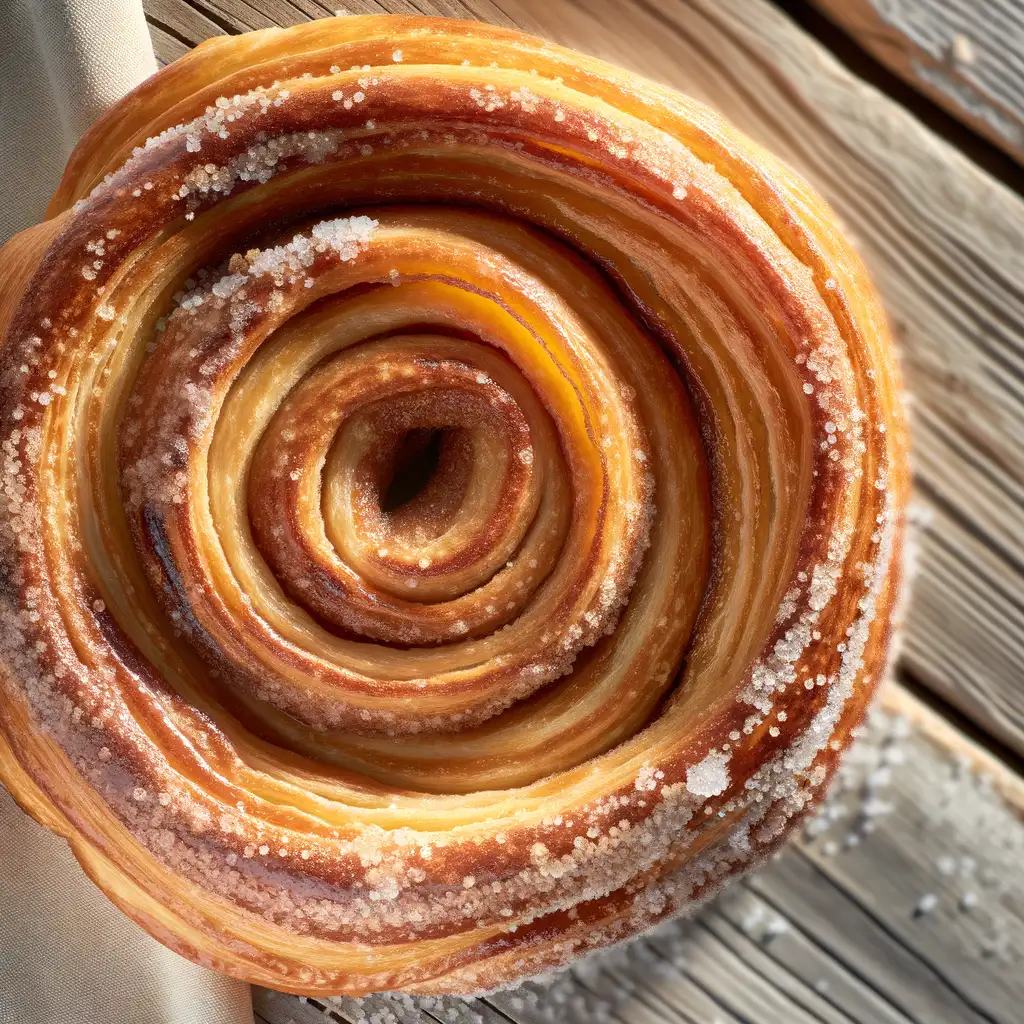



If you ever find yourself wandering near Lake Balaton,Keszthely is a place that quietly pulls you in with its old-world charm and relaxed lakeside vibe. Imagine cobblestone streets lined with pastel-colored buildings,where the scent of fresh pastries mingles with the gentle breeze off the water. It’s the kind of town where you can sip a rich,velvety espresso at a sidewalk café while watching locals stroll by,their laughter blending with the distant calls of seagulls. Keszthely feels like a living storybook,anchored by the grand Festetics Palace,whose baroque elegance invites you to step back in time. But it’s not just about history here—the town pulses with a warm,welcoming energy. In the evenings,the square fills with the soft hum of conversation and the clinking of glasses as people gather to enjoy hearty Hungarian dishes,like goulash or freshly caught fish from the lake,paired with a glass of crisp local wine. What really makes Keszthely special is how it balances the peacefulness of lakeside life with a rich cultural heartbeat. You can wander through vibrant markets,catch a classical concert,or simply lose yourself in the quiet beauty of the nearby beaches. It’s a place that invites you to slow down,breathe deeply,and savor moments that feel both timeless and alive.
The information on this page is currently being reviewed by Tripkliq and should be used as a guide only
Eng word: Hello
Eng pronunciation: See-ya
Local language: Szia
Eng word: Goodbye
Eng pronunciation: Vees-laht
Local language: Viszlát
Eng word: Thank you
Eng pronunciation: Kuh-suh-nuhm
Local language: Köszönöm
Eng word: How much
Eng pronunciation: Men-yee-beh keh-rool
Local language: Mennyibe kerül
Eng word: Toilet
Eng pronunciation: Vay-tsay
Local language: WC
Eng word: Help me
Eng pronunciation: Sheg-eet-sheg
Local language: Segítség
Eng word: Yes
Eng pronunciation: Ee-gen
Local language: Igen
Eng word: No
Eng pronunciation: Nem
Local language: Nem
Eng word: Excuse me
Eng pronunciation: El-ney-zesht
Local language: Elnézést
The Festetics Palace, built in the 18th century, is one of Hungary's most beautiful Baroque palaces. It houses the Helikon Castle Museum and is surrounded by a stunning park, making it a must-visit for history and architecture enthusiasts.
The Helikon Library, located within the Festetics Palace, is one of the few aristocratic private libraries in Hungary that has survived intact. It contains over 86,000 volumes, including rare manuscripts and antique books.
In the early 19th century, Count György Festetics organized the Helikon Festivals in Keszthely, celebrating Hungarian literature and culture. These festivals played a significant role in promoting Hungarian national identity.
The Balaton Museum in Keszthely showcases the natural history, archaeology, and cultural heritage of Lake Balaton, the largest lake in Central Europe. It's a great place to learn about the region's rich history.
Keszthely has a history dating back to Roman times. The area was part of the Roman province of Pannonia, and archaeological finds reveal the presence of Roman villas and settlements in the region.
The Parish Church of Our Lady, originally built in the 14th century, is a stunning example of Gothic architecture. It features beautiful frescoes and a unique blend of medieval and Baroque elements.
Keszthely is often referred to as the 'Capital of Lake Balaton.' Its location on the western shore of the lake has made it a popular destination for relaxation, water sports, and cultural events for centuries.
Founded in 1797 by Count György Festetics, the Georgikon was the first agricultural higher education institution in Europe. It played a pioneering role in modernizing agriculture in Hungary and beyond.
Keszthely's Market Square has been a hub of activity for centuries. Surrounded by historic buildings, it remains a vibrant place where locals and visitors gather to shop, dine, and enjoy the city's lively atmosphere.
In Keszthely, the most common Power Adaptor is Type C, Type F.



A thick vegetable stew, often made with potatoes, peas, or lentils, served as a side dish or main course.

A hearty Hungarian stew made with beef, vegetables, and paprika, often considered a national dish.

A traditional meat stew, typically made with beef or pork, seasoned with paprika and served with dumplings or bread.

Deep-fried flatbread, usually topped with garlic, sour cream, and cheese, perfect for a quick snack.

Savory pancakes filled with meat, typically served with a rich sauce, often enjoyed as a local delicacy.

Stuffed cabbage rolls filled with a mixture of meat and rice, cooked in a savory tomato sauce.

A sweet, spiral-shaped pastry cooked over an open flame, coated in sugar and often flavored with cinnamon or nuts.

Budapest feels like stepping into a storybook where history and modern life dance together effortlessly. The moment you stroll along the Danube River,with the majestic Parliament building glowing in the evening light,you sense a city that’s both grand and inviting. There’s a rhythm here—street musicians playing haunting melodies,the clinking of glasses in cozy ruin pubs,and the gentle splash of thermal baths that have been soothing locals for centuries. It’s a place where every corner whispers tales of empires past,yet pulses with youthful energy.
Wandering through the cobbled streets of the Castle District,you catch the scent of fresh pastries mingling with the earthy aroma of old stone walls. The vibrant markets buzz with vendors selling paprika,fresh bread,and sweet chimney cakes,tempting you to taste the rich flavors of Hungarian cuisine. Budapest’s character shines brightest in its contrasts:the elegant Art Nouveau cafés sit side by side with edgy street art,and the grand boulevards lead you to intimate courtyards where locals sip coffee and chat animatedly.
What makes Budapest truly unforgettable is how it wraps you in warmth—whether it’s the steamy embrace of a thermal bath on a chilly day or the friendly chatter in a bustling café. It’s a city that invites you to slow down,savor every moment,and discover stories hidden in its architecture,food,and people. Trust me,once you’ve felt Budapest’s pulse,you’ll carry a piece of it with you long after you leave.
Vienna feels like stepping into a living storybook where every street hums with history and charm. The moment you wander through its grand boulevards,you’re wrapped in a warm embrace of baroque architecture,cozy coffeehouses,and the gentle melodies of street musicians playing waltzes nearby. There’s a rhythm to the city — elegant yet inviting — where the past and present dance together effortlessly.
As you stroll along the Danube or through the lush gardens of Schönbrunn Palace,you catch the scent of freshly baked strudel mingling with the earthy aroma of roasted coffee beans from a nearby café. The city’s café culture is something special; sitting down with a slice of Sachertorte and a strong Viennese coffee feels like a small,delicious ritual. You’ll hear the soft clink of porcelain cups and the murmur of locals deep in conversation,making you feel instantly at home.
Vienna’s character is a blend of refined artistry and genuine warmth. It’s a place where grand opera houses and modern galleries coexist,and where the locals’ pride in their musical heritage is palpable. Whether you’re exploring the vibrant Naschmarkt with its colorful stalls or catching a live performance in a centuries-old concert hall,Vienna invites you to slow down,savor the moment,and soak in its timeless elegance.
Imagine stepping into a city where every corner feels like a scene from a timeless painting—Venice is exactly that kind of place. The moment you arrive,the gentle lapping of water against ancient stone buildings wraps around you like a soft melody. Instead of streets,there are winding canals,and instead of cars,gondolas glide silently beneath ornate bridges,their oars dipping rhythmically into the emerald water. The air carries a mix of salty sea breeze and the faint aroma of fresh espresso and baked pastries from nearby cafés,inviting you to slow down and savor the moment.
Venice has this magical,almost dreamlike quality. The light here is different—soft and golden in the mornings,casting long shadows on the labyrinth of narrow alleys and colorful facades. You’ll find yourself wandering without a map,getting delightfully lost among the bustling markets,where vendors call out in melodic Italian,selling everything from fresh seafood to vibrant Murano glass. The city’s rich history whispers from every corner,from the grandeur of St. Mark’s Basilica to the quiet charm of tucked-away piazzas where locals sip wine and chat as if time has paused.
What makes Venice truly unforgettable is its rhythm—slow,intimate,and deeply human. It’s a place where you can hear the laughter of children playing by the water,the clinking of glasses in cozy trattorias,and the soft hum of a street musician’s violin. Visiting Venice isn’t just about seeing a city; it’s about feeling its heartbeat,tasting its flavors,and becoming part of its endless story.
If you ever find yourself wandering through the sun-drenched streets of Dubrovnik,you’ll immediately feel like you’ve stepped into a living storybook. The city’s ancient stone walls rise proudly against the sparkling Adriatic,and as you stroll along the marble-paved Stradun,the salty sea breeze mingles with the scent of fresh pine and blooming bougainvillea. There’s a rhythm here—a gentle hum of life where history and modern charm dance together effortlessly.
Dubrovnik’s character is woven into every corner:the clatter of café cups,the murmur of locals chatting in cozy taverns,and the distant call of seagulls overhead. You can almost taste the city in the air—briny and fresh,with hints of grilled seafood and ripe figs from the markets. Sitting at a seaside restaurant,watching the sun dip behind the fortress walls,you’ll savor dishes bursting with Mediterranean flavors,paired with a glass of crisp Croatian white wine.
What makes Dubrovnik truly special is how it balances its rich past with a vibrant present. The city’s narrow alleys invite exploration,revealing tucked-away galleries,artisan shops,and lively squares where music spills out into the streets. Whether you’re tracing the footsteps of ancient mariners or simply soaking up the golden light on a quiet terrace,Dubrovnik feels like a warm embrace—inviting,timeless,and utterly unforgettable.
If you ever find yourself wandering through Split,it’s like stepping into a living,breathing storybook where ancient history and vibrant modern life dance together effortlessly. The moment you stroll along the Riva promenade,the salty breeze from the Adriatic mingles with the aroma of fresh espresso and grilled seafood wafting from nearby cafés. Locals chat animatedly in the sun-dappled squares,their laughter blending with the distant hum of boats bobbing gently in the harbor. There’s a laid-back energy here that feels both timeless and alive,inviting you to slow down and soak it all in.
Split’s heart beats strongest in Diocletian’s Palace,a sprawling Roman fortress that’s less a museum and more a neighborhood where people live,shop,and gather. Walking through its ancient stone alleys,you’ll catch glimpses of colorful markets,artisan shops,and cozy taverns tucked into centuries-old walls. At night,the city transforms as lanterns flicker on,and the sound of live klapa singing—traditional a cappella harmonies—drifts through the air,wrapping you in a warm,soulful embrace.
What really makes Split unforgettable is how effortlessly it blends the old with the new. You can savor a plate of fresh octopus salad while watching fishermen haul in their catch,then wander to a rooftop bar for a cocktail as the sun sets behind the islands. It’s a place where every corner tells a story,every meal feels like a celebration,and every moment invites you to become part of its ongoing tale.
If you ever find yourself wandering the Dalmatian coast,Zadar is one of those places that sneaks up on you with its quiet charm and unexpected magic. The moment you step onto its ancient stone streets,there’s this warm,timeless feeling—like the city is gently humming a tune just for you. The salty breeze from the Adriatic mingles with the scent of fresh pine and blooming jasmine,wrapping around you as you stroll along the waterfront. It’s a place where history isn’t just in museums; it’s alive in the crumbling Roman ruins,the medieval churches,and the lively squares where locals gather to chat and sip coffee.
What really sets Zadar apart is its playful spirit. You’ll hear it in the waves as they dance through the Sea Organ,an extraordinary installation that turns the sea’s movement into haunting melodies. And just a few steps away,the Sun Salutation lights up the night with a mesmerizing display of colors,making the waterfront feel like a celebration of nature and art. Grab a seat on the stone benches,watch the sun dip below the horizon,and you’ll understand why Alfred Hitchcock once called Zadar the most beautiful sunset in the world.
The city’s vibe is relaxed but vibrant,with cozy konobas serving up fresh seafood and local wines that taste like the essence of the region. Whether you’re wandering through the bustling market,exploring narrow alleys,or simply soaking in the views from a café terrace,Zadar invites you to slow down,breathe deeply,and savor every moment.
Tourists may encounter currency exchange offices offering poor exchange rates or charging hidden fees.
Unlicensed individuals may pose as tour guides and charge for inaccurate or subpar tours.
Some taxi drivers may overcharge tourists by not using the meter or taking unnecessarily long routes.
Tourists may be directed to unofficial parking areas and charged excessive fees by scammers posing as attendants.
Crowded tourist areas may attract pickpockets who target wallets, phones, and other valuables.
Some restaurants may inflate bills by adding hidden charges or charging for items not ordered.
Vendors may sell counterfeit or low-quality goods at high prices, targeting unsuspecting tourists.
Hungary has strict drug laws, and the possession, use, or distribution of illegal drugs is a criminal offense. Even small amounts of drugs can lead to severe penalties, including fines or imprisonment. Tourists should avoid any involvement with illegal substances while in Keszthely or anywhere in Hungary.
In Keszthely, Hungary, smoking is prohibited in enclosed public spaces, workplaces, public transport, and certain outdoor areas such as playgrounds and bus stops. Smoking is allowed in designated smoking areas, which are typically marked. Tourists should be mindful of these restrictions to avoid fines.
Vaping is subject to similar regulations as smoking in Hungary. It is prohibited in enclosed public spaces, workplaces, and public transport. Vaping is also restricted in certain outdoor areas, such as near playgrounds. Tourists should look for designated areas for vaping and follow local rules.
What are other people saying about Keszthely?
Recent Social posts about Keszthely
There is nothing to show you for now.